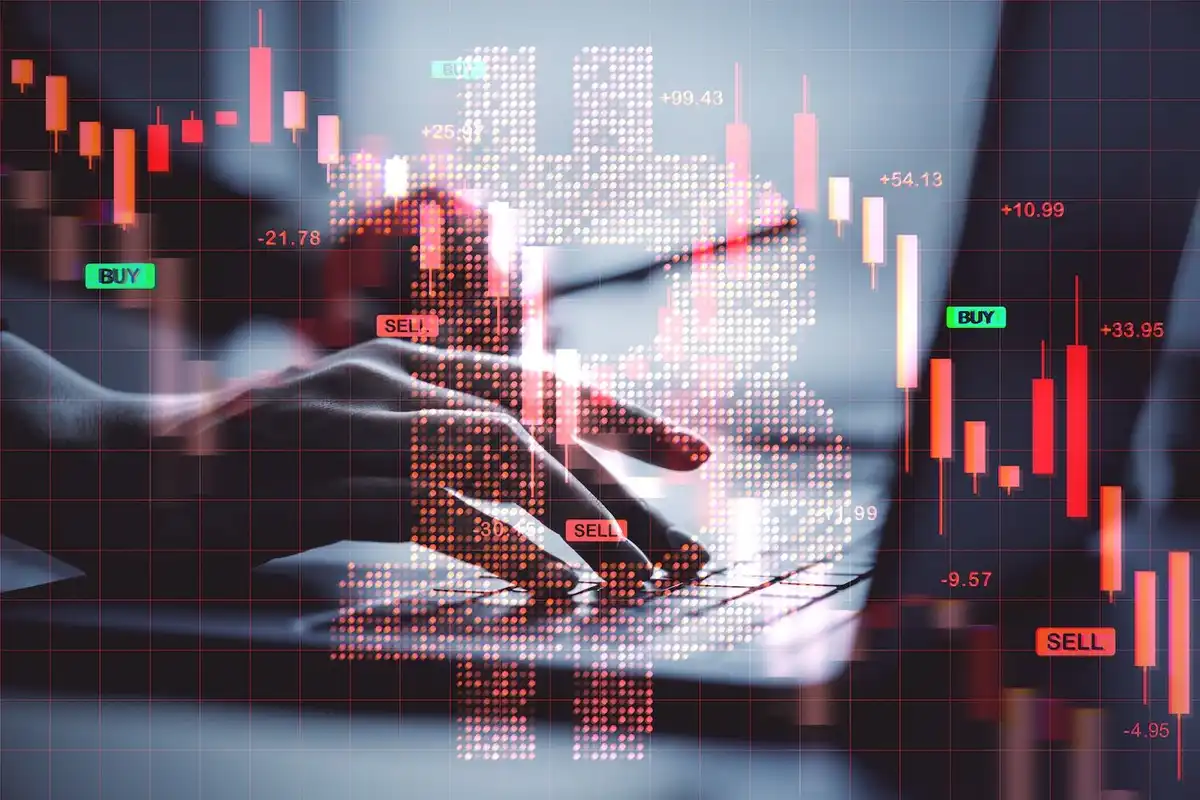What is a market cap comparison?
Market cap comparison looks at the analysis and comparison of the valuation of different cryptocurrencies, depending on their market capitalizations. Market capitalization is obtained by multiplying the then-current price of the token by the number of tokens in circulation. When we do a market cap comparison, it would give us a perspective on which projects are big or small at a comparative level and which ones have greater growth opportunities, and it would also detect how the projects compare against each other.
Why Market Cap Comparison Matters in Crypto
Prices alone don’t tell the full story. Two tokens priced at $1 each may have wildly different market caps if one has millions of tokens in circulation while the other has billions. Comparing market caps normalizes for supply and brings valuation potential into focus. Market cap comparison sets the stage for risk assessment: higher cap projects tend to be more stable, whereas lower caps are the ones that pick up on the upside but also pick up on volatility. It gives context: when someone says “undervalued” with respect to a certain token, that assertion can be put to the test through a market cap comparison.
Core Components That One Should Check When Doing a Market Cap Comparison
Circulating Supply: Only tokens in active circulation matter for checking market cap. Total Supply & Locked or Reserved Tokens: Supply that hasn’t been released yet may: dilute valuation Tokenomics: inflation rate, token burn, emission schedule, unlock schedules, vesting periods Price: current price on exchanges or DEXs; it’s volatile and variable across markets Liquidity & Trading Volume: a token may have a high market cap on paper but low liquidity on the ground, making comparison less practical.
How to do market cap comparison properly
Choose projects within the same sector or vertical so the comparison has meaning (like two DeFi protocols or two layer‑1 blockchains). The most recent data on price, circulating supply, and total supply should be gathered. For each token, also calculated are the market caps, if not displayed, namely price × circulating supply. Scenario modeling could be used: for example, what if Token A had the market cap of Token B? Using price conversion calculators, one may test the implied price under various market cap scenarios. Adjustments may need to be made depending on tokenomic considerations such as scheduled unlocks or inflation.
Relevance of Tools Like Cryptocalculator Space for Market Cap Comparison
Cryptocalculator Space has calculators that can allow one to perform partial market cap comparisons, such as converting between price and market cap. Given the supply and a hypothetical market cap, what would be the price for the token to realize that it would change the profit/loss scenarios or price effect under market cap changes? Comparative scenarios can be simulated: “If Token A reached the market cap of Token B, what price would that imply?” and vice versa. This makes the comparison of market caps more quantitative and less contingent on guesswork.
Example Use Scenario of Market Cap Comparison
Consider that Token X has a circulating supply of 200 million units and an existing price of $1. Following this, it is said to have a market capitalization value of around $200 million. Token Y, meanwhile, has 50 million in circulation. At $4 apiece, it is also marked at the hundred-million mark. They appear to weigh equally in terms of capitalization at first glance. But now you compare: at what price must Token X hit if it matches the market cap lost by Token Z, a major project with a valuation of about $1 billion? Upon using a conversion tool for pricing, one sees that Token X must go to $5. Then, for comparison of the downside: if Token Z were to shrivel in value down to Token X’s level—a lateral 200 million—what price would Token Z then drop to? This type of market cap comparison gives you contemplation for upside risk, valuation stretch, and relative scale.
Interpreting Market Cap Comparison Results
Large multipliers may suggest potential; one should always consider tokenomics, utility, and reality. Conversely, a high upside in market cap comparisons does not guarantee price movement due to market sentiment, execution risk, or token design. Another dilution factor one must watch is when many tokens are locked, or about to be unlocked, thus creating an expansion of future market caps far beyond what anyone is currently factoring in. It is recommended that conservative assumptions be chosen when modeling—it is always better to have risk buffers.
When Market Cap Comparison Misleads
Comparing across sectors very different from one another (e.g., comparing a meme token to a layer-1 infrastructure project) distorts the insight. Ignoring inflation or unlocks means your comparison overstates the upside. Using stale supply data or wrong pricing leads to a flawed comparison. Not accounting for liquidity or trading depth—Some high-cap tokens are very thinly traded in some major markets.
Best Practices for More Accurate Market Cap Comparison
Always verify circulating supply and tokenomics from trustworthy sources. Using data from more than one exchange prevents price anomalies. Normalize metrics (per token or per unit) while comparing two tokens. Use scenario modeling conservatively, including downside stress tests. Conduct multiple comparisons, not just one comparison; assess across ranges. Use additional metrics, such as developer activity, transaction volume, and social metrics, besides raw market cap comparison.
How does market cap comparison fit into the investment or trading workflow?
Here is a list of steps you can take to check if one token is undervalued: Start by filtering tokens by size or the sector you are interested in. Use a market capitalization comparison to focus on targets with the highest potential. Then follow up with due diligence, such as tokenomics, roadmaps, and teams. Use calculator tools (such as those at Cryptocalculator Space) to simulate price targets under different market cap scenarios. Afterward, set your exit target or risk buffer limits based on the results of your comparison. Alerts or bots may be placed to act when tokens start to approach comparative valuations.
Limitations to Consider
Market cap comparison is backward- or model-based: it does not convey anything on the adoption, utility, or execution risk. It is silent on actual market structure: order book depth, slippage, liquidity, or trading restrictions. It assumes markets scale linearly, while in reality, growth is nonlinear and often subjected to some external shocks. Use comparison as one input—not the sole criterion for investment.
Conclusion: The Role of Market Cap Comparison for Crypto Analysis
A disciplined comparison of market caps is crucial in putting token valuations into perspective, dismissing obviously overvalued or undervalued cases, and setting rational expectations. This step allows you to benchmark returns, scalings, and feasibilities upon decisions that you might want to make. Tools such as Cryptocalculator Space, for example, support your comparison by giving calculators that convert between prices and market caps, thus helping you to cleanly and quickly run through many scenario analyses. While market cap comparison is not perfect, combined with your own research, a good grasp of supply/tokenomics, a qualitative project review, and market awareness, this can be an incredible decision-making tool on this volatile crypto terrain. If used correctly and consistently, market cap comparison enhances your determination of value and scale in token selections, making your investment/trading choices more grounded and less speculative.










